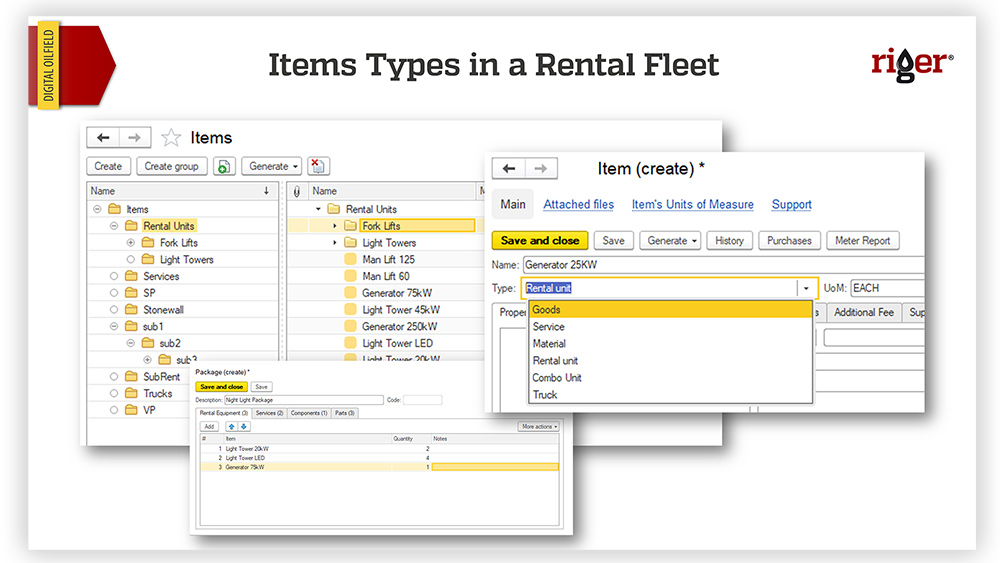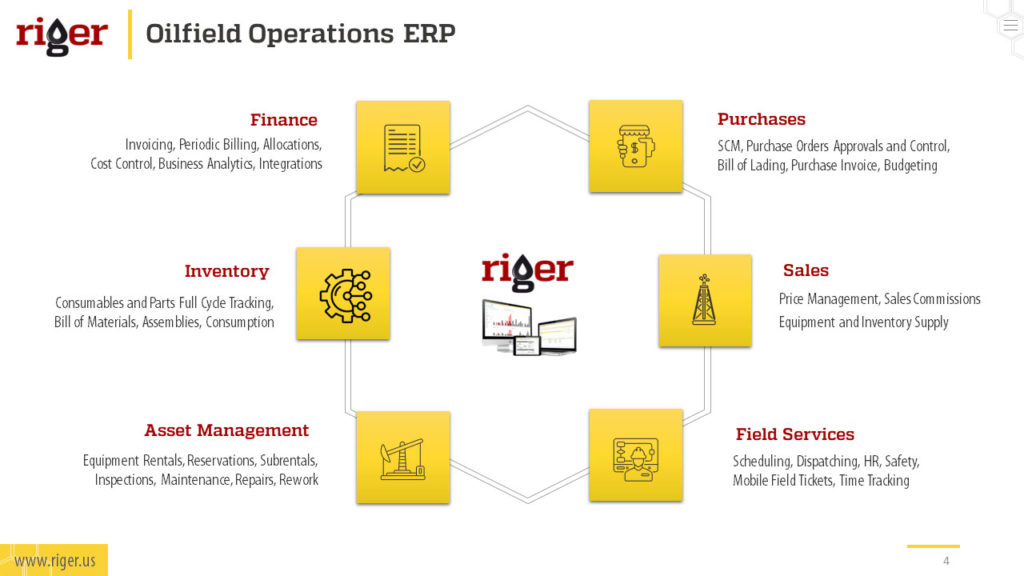The energy sector relies heavily on specialized tools and equipment to ensure seamless operations in the oilfields. As projects grow in complexity and scale, companies are increasingly turning to oilfield tool rental services to optimize costs, enhance efficiency, and maintain a competitive edge. In this article, we will explore the significance of oilfield tool rental in the energy sector and its role in empowering success.
The Advantages of Oilfield Tool Rental
Oilfield tool rental offers numerous advantages that contribute to the success of energy companies. By opting for rental services instead of purchasing costly equipment outright, companies can significantly reduce upfront capital expenditure. This enables them to allocate financial resources strategically, focusing on other critical aspects of their projects.
Oilfield tool rental also provides the flexibility to access a wide range of specialized equipment without the burden of ownership. This allows companies to adapt swiftly to project demands, ensuring they have the right tools at the right time.
To further streamline operations, energy companies can leverage equipment rental tracking software. This cutting-edge technology allows for efficient management and monitoring of rented tools and equipment. By tracking usage, maintenance schedules, and availability, companies can optimize resource allocation and minimize downtime, ultimately improving project efficiency.
With real-time data at their fingertips, project managers can make data-driven decisions, enhancing productivity and reducing unnecessary expenses.
Cost Savings and Flexibility
One of the most significant benefits of oilfield tool rental is the cost savings it offers. Companies can rent specific tools for the duration they are needed, eliminating the need for storage, maintenance, and repair costs associated with ownership. Additionally, rental agreements can be customized to fit project timelines, providing the flexibility needed to adapt to dynamic industry demands.
During periods of low activity, companies can scale back on rental equipment, avoiding idle resources and further reducing costs. This cost-effective approach contributes to improved financial stability and profitability.

